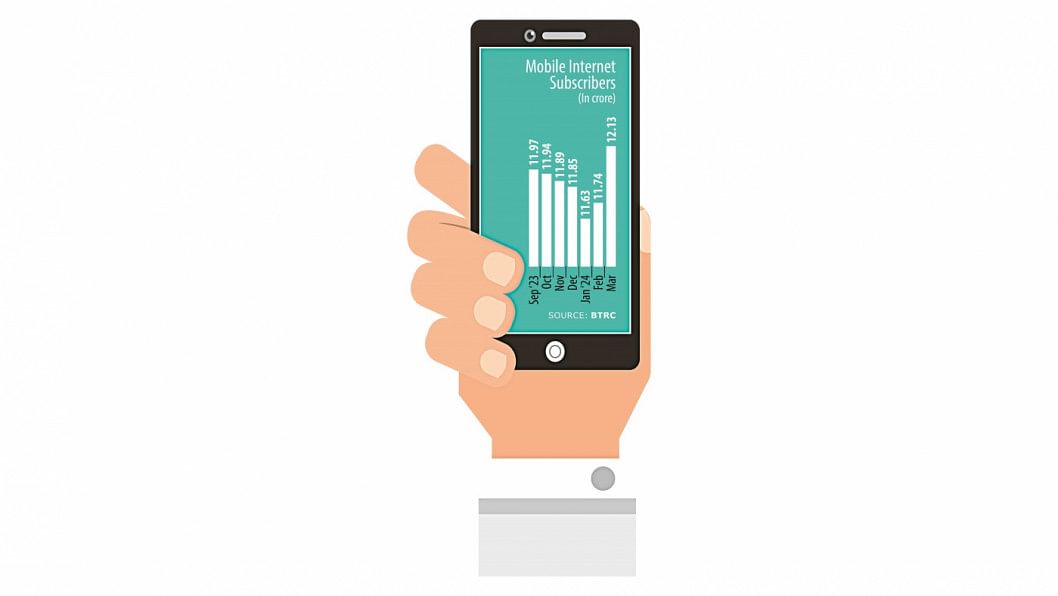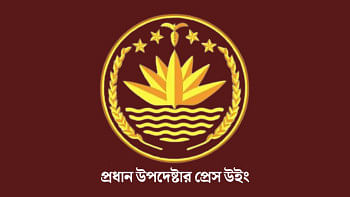Number of mobile internet users dropped in August

The number of mobile internet subscribers in Bangladesh dropped by nearly one million to 12.69 crore in August, marking the second consecutive month of decline.
Shahed Alam, chief corporate and regulatory officer at Robi, said customers have been discontinuing the use of secondary SIMs ever since a restriction on short-term data packages.
He said the lack of smaller packages, like the three-day option, has led many Robi and Banglalink users -- who often use these as secondary SIMs -- to avoid subscribing to costly, high-volume packages.
In October 2023, the Bangladesh Telecommunication Regulatory Commission (BTRC) revised mobile internet package guidelines, discontinuing three-day and 15-day data packages in an effort to simplify offerings and enhance user experience.
The minimum validity for data packages was extended to 7 days, addressing concerns that shorter durations were insufficient for many users.
However, the removal of three-day packages led to user dissatisfaction as these plans were popular for their affordability and flexibility.
On a year-on-year basis, the number of mobile internet subscribers increased by 5.99 percent 12.69 crore.
Broadband internet subscribers remain unchanged at 1.35 crore.
The BTRC provides broadband internet subscriber information on a quarterly basis.
It calculates broadband subscriber information through market analysis, consultation and data collection from almost all internet service providers.
Total internet subscribers, including both mobile and broadband users, now stands at 14.05 crore.
According to Bangladesh Sample Vital Statistics, a project run by the Bangladesh Bureau of Statistics, the number of internet users increased by 1.8 percentage points to 41 percent for people aged above five.
However, the report's findings indicate that a digital divide continues to exist in the country, underscoring disparities in internet access between rural and urban areas.
Besides, the digital divide in terms of gender has worsened.
The persistence of a digital divide between rural and urban areas also continued, with only 37.1 percent of the users residing in villages.

 For all latest news, follow The Daily Star's Google News channel.
For all latest news, follow The Daily Star's Google News channel. 



Comments